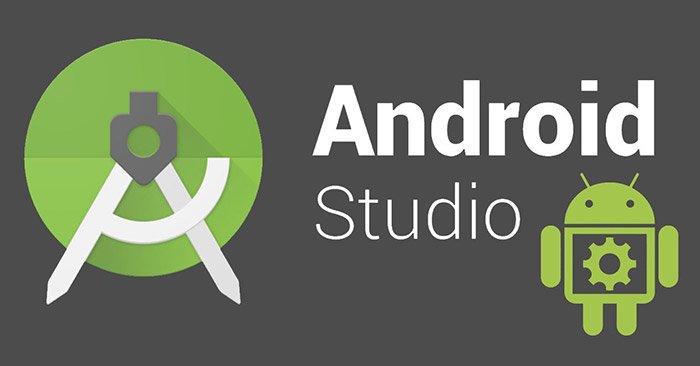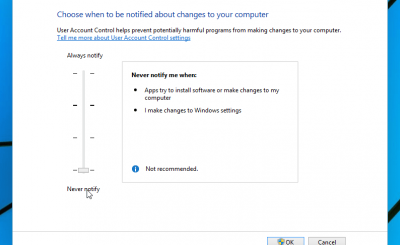Android Studio is the official IDE (Integrated Development Environment) for Android app development and it is based on JetBrains ‘IntelliJ IDEA software. Android Studio offers many great features that enhance productivity when building Android apps, such as:
- A hybrid environment where one can develop for all Android devices
- Apply changes to push code and resource changes to a running application without restarting the application
- Flexible Gradle-based build system
- Fast and feature rich emulator
- GitHub and template code integration to help you develop popular app features, and import sample code
- Extensive testing tools and frameworks
- C++ and NDK . support
- Integration support for Google Cloud Platform, making it easy for you to integrate Google Cloud Messaging and App Engine, etc..
System Requirements
- Microsoft Windows 7/8/10 (32-bit or 64-bit)
- Minimum 4GB RAM, 8GB RAM recommended (plus 1GB for Android emulators)
- Minimum available disk space 2GB, 4GB recommended (500MB for IDE plus 1.5GB for Android SDK and emulator system image)
- Minimum screen resolution 1280 x 800
>> see more: How to install Android in parallel with Windows using Remix OS
Instructions for installing Android Studio in Windows
Step 1: Get Android Studio.
Step 2: Once the download is complete, open the downloaded file and run it. The following dialog box will appear:

Click Next. In the next prompt, a path to the installation will be requested. Select a path and press Next.
Step 3: The installation will start, and once it’s done, everything should look like the image below.

Click Next > Finish.

Step 4: After clicking the . button finish, you will be asked if you need to import those presets (if Android Studio was installed before). Better to choose option “Don’t import Settings option”.

Click the . button OK.
Step 5: This will start Android Studio.

Meanwhile, available SDK components will also be searched.

Step 6: After finding the SDK components, you will be redirected to the dialog Welcome.

Click Next.

Choose Standard and click Next. Now choose the theme, light or dark. The light theme is called IntelliJ, and the dark theme is called Darcula. Please choose one according to your preference.

Click the . button Next.
Step 7: Now it’s time to download the SDK components.
Click Finish. Components begin to download. Let everything be done.

Android Studio has been successfully configured. Now it’s time to launch and build the app. Click the . button finish to launch it.

Step 8: Click Start a new Android Studio project to build a new application.

Hope you are succesful.
Source link: How to Install and Set Up Android Studio in Windows
– https://techtipsnreview.com/





